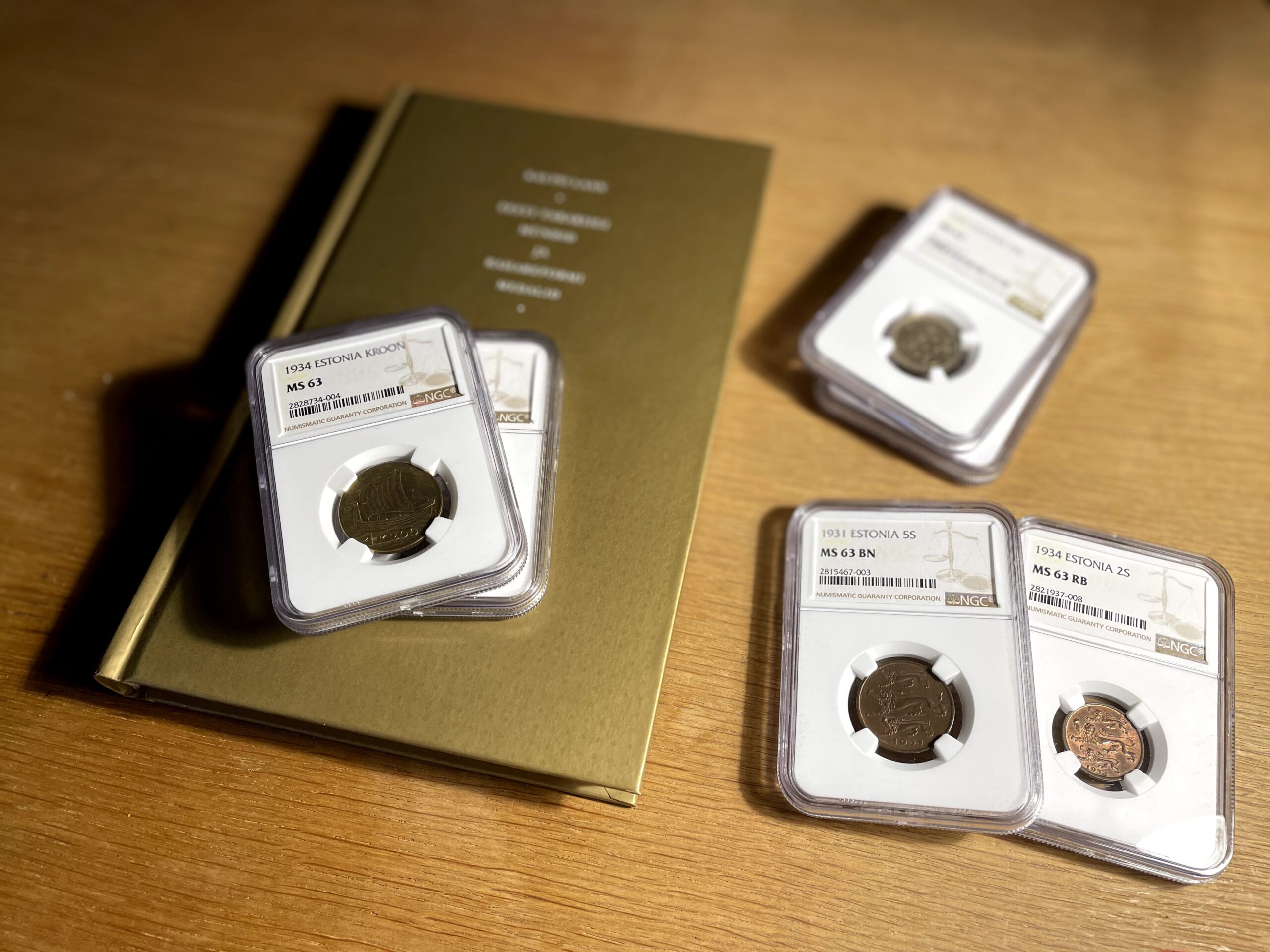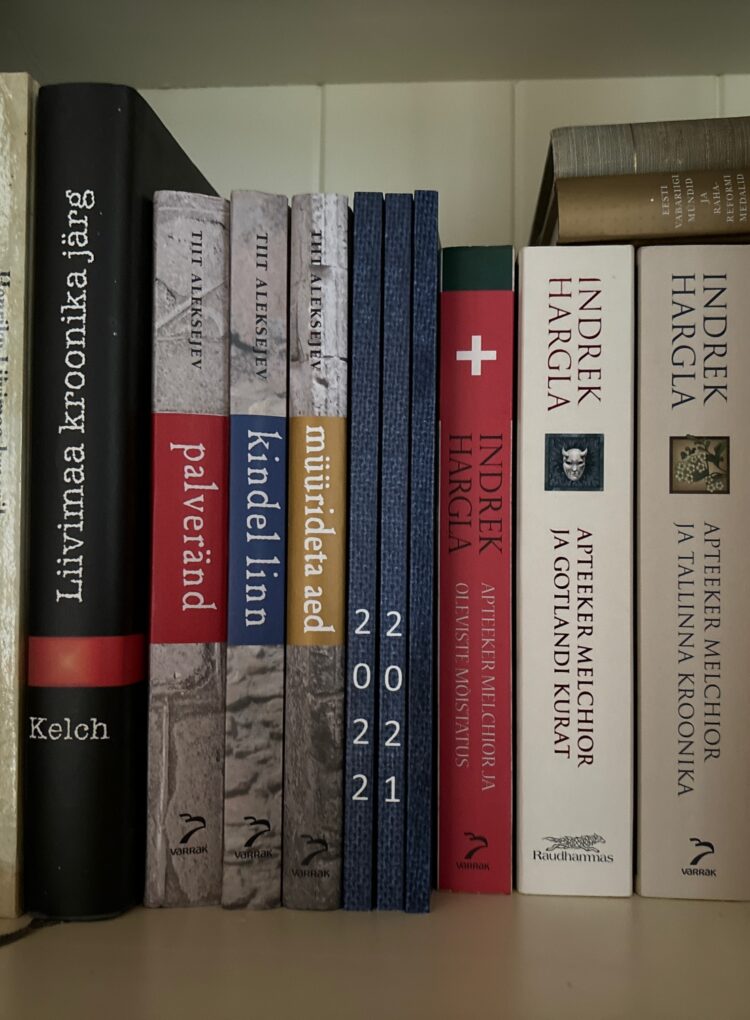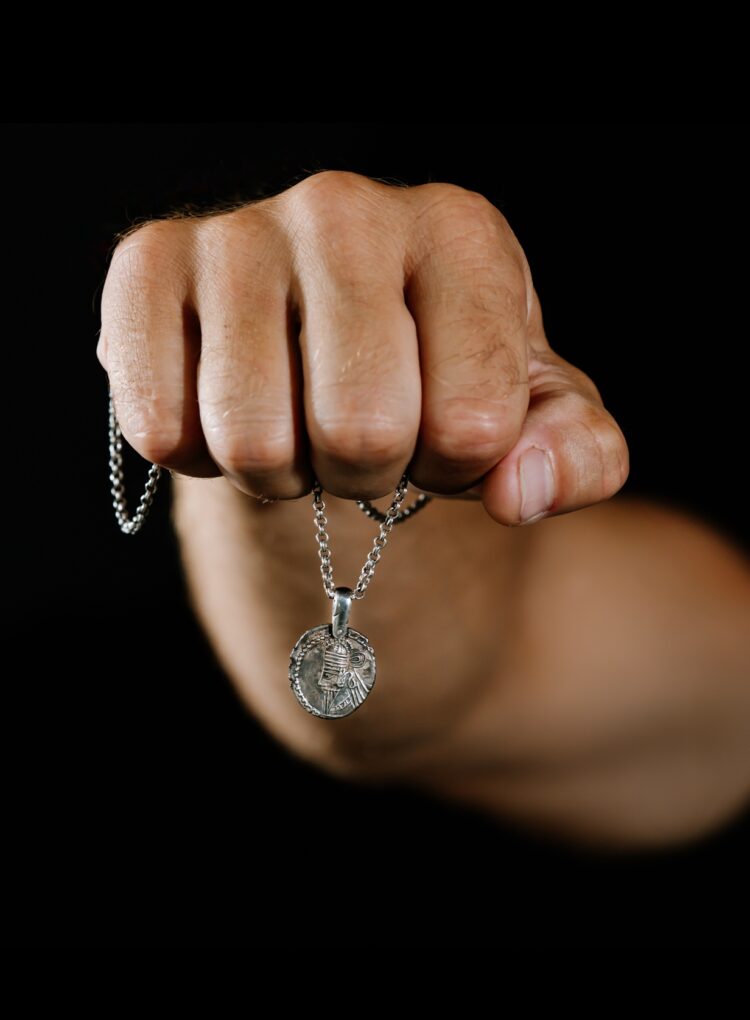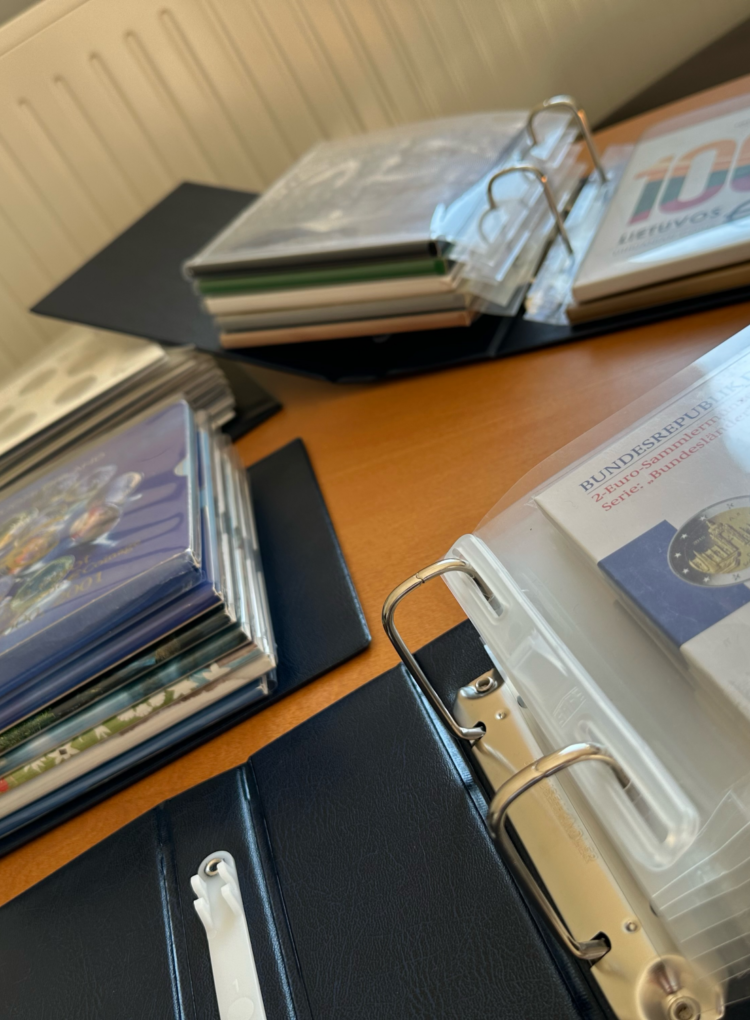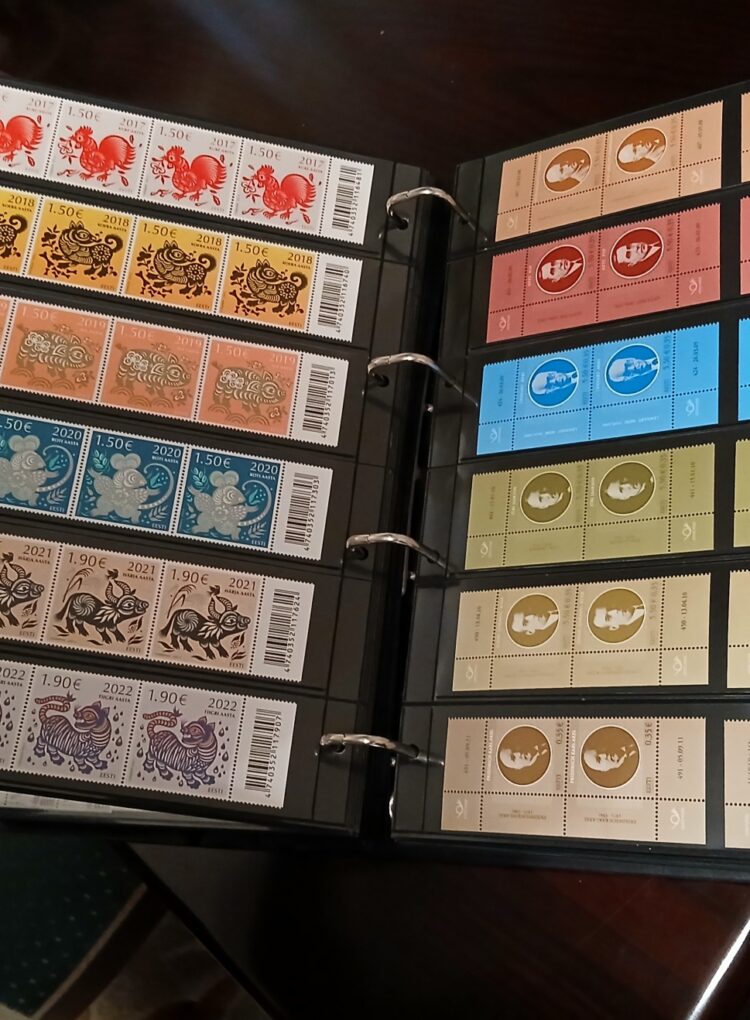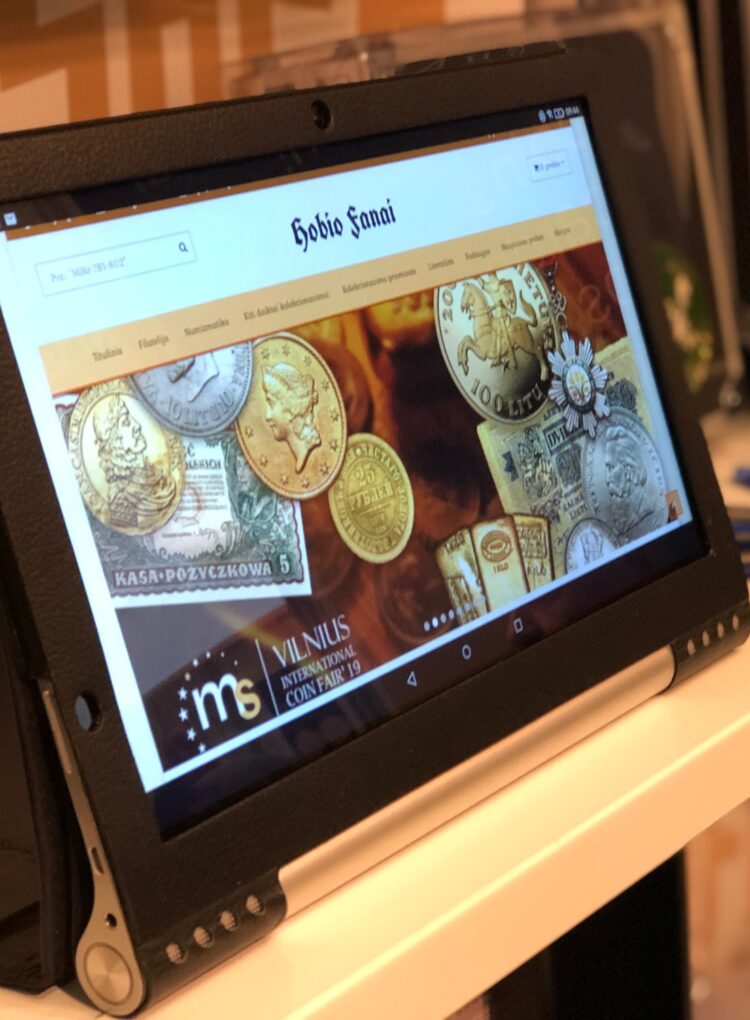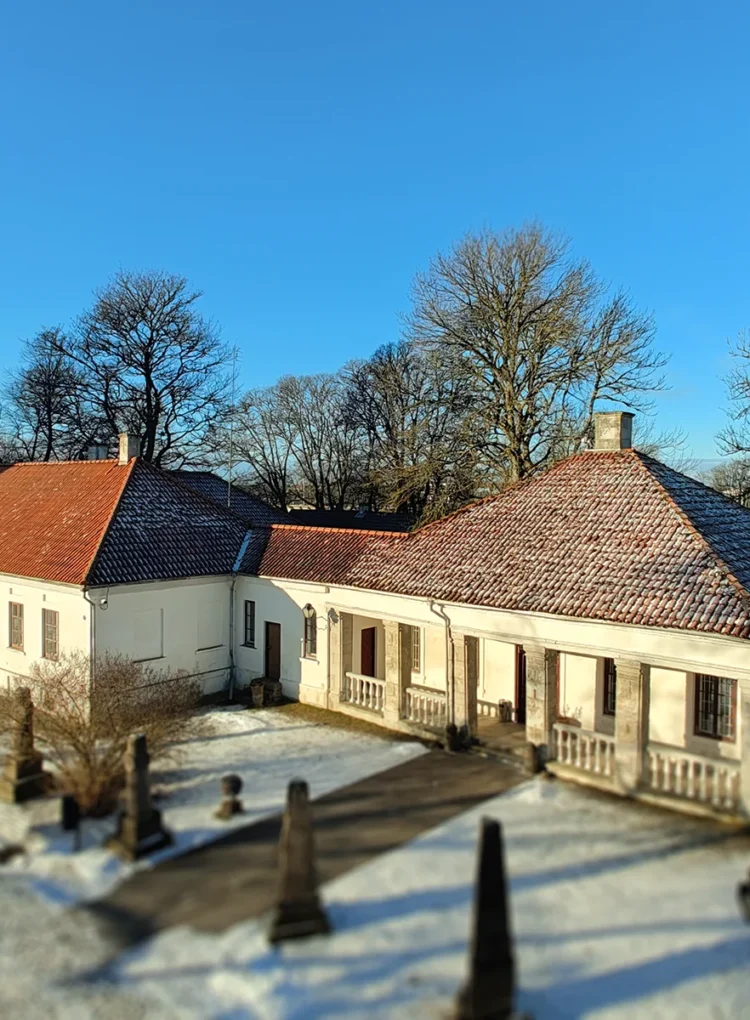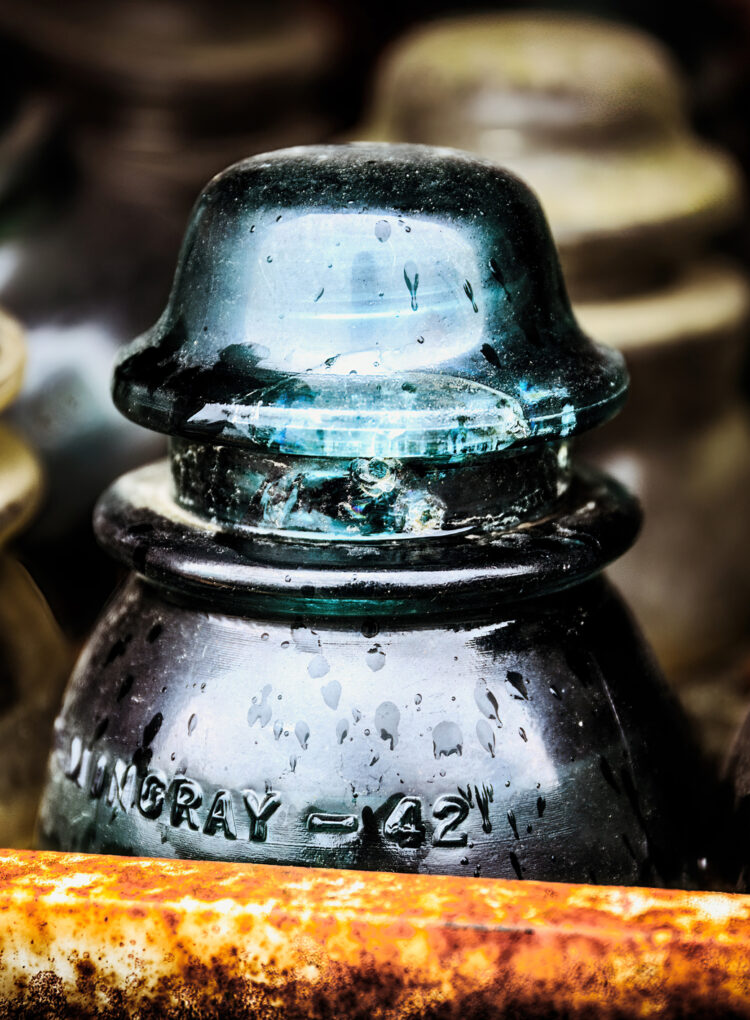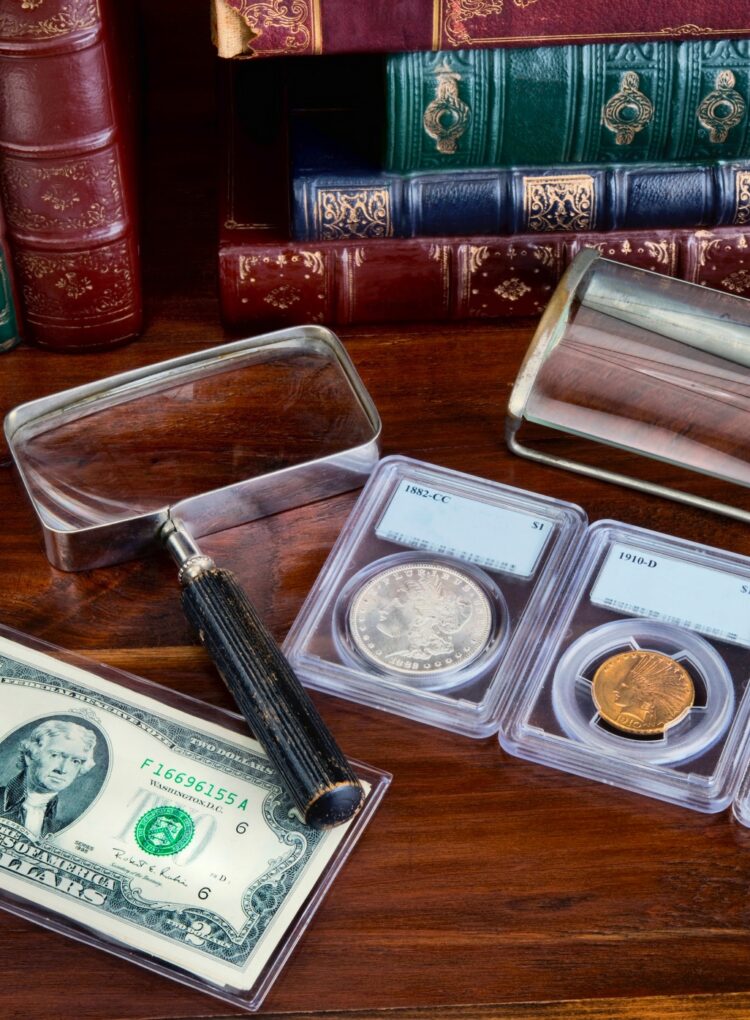The user ZUBIN from osta.ee writes about why to buy certified coins, how to determine a fair price for them, and what coin evaluation involves. With their permission, we are publishing this text on the SAFE blog.
Why buy certified coins in a box?
- The NGC or PCGS Mint State (MS) label on the box provides a guarantee that the coin is truly in uncirculated (UNC) condition and is an original coin. Many sellers add descriptions like “rare condition,” “super,” “very beautiful,” etc., in their auctions, but most of the time, the coin is just a completely normal XF/AU condition coin or, in the worst case, it might even be improperly cleaned or damaged.
- A boxed coin is protected from all environmental influences because the box is hermetically sealed, and moisture, mold, dust, etc., cannot penetrate it. If you keep coins away from sunlight and at room temperature, such a coin will last forever.
- A boxed coin is a good investment because old coins are no longer minted, and their value only increases over time.
- Low UNC conditions like MS61 – 63 are a good learning material for those who want to start looking for top-condition coins themselves! (For example, an MS66 – 67 coin can cost 1000€ or more.)
How to calculate a fair price for a certified coin?
You can start with catalog prices and add 35€ (the average grading fee) to it. The prices for UNC coins are as follows (Estonian Republic coins and currency reform medals, K. Laan):
1 krona 1934 65€, 2 krona 1930 25€, 2 krona 1932 80€, 5 marks 1922 40€, etc.
The normal UNC condition can be considered as MS62 – 63. So the normal price for a Toompea MS63 coin could be, for example, 60-75€. For MS64, you cannot rely on catalog prices because it’s quite difficult to find an actual MS64 condition. Statistically, looking at osta.ee auctions, you can find about one MS64 condition coin for every 100 krona coin auctions. It may take about half a year to find one such coin. Mark coins are even rarer, and the same goes for about MS62. Generally, MS64 krona are still quite cheap on osta.ee because many people who do not put coins in boxes do not know how difficult it is to find coins in such conditions, and those who are true enthusiasts want to get themselves an MS65 or MS66 coin. MS66 is usually the absolute peak. There are only about 10 MS67 EW coins in existence. For a top-condition coin, you should keep an eye on the prices that previous auctions have ended at. It’s difficult to determine the right price because they are true rarities.
As for modern krona and euros, it can be said that if you break down a mint roll, the coins are usually in MS64 – 66 condition. The minting quality varies greatly, and sometimes MS66 or MS67 might be the highest grade. To get a top pop coin, sometimes you have to break more than 10 mint rolls. The normal price for a top pop coin is around 200€, but it can be a little less or more depending on how many of them are in the registry.
You can see the condition of coins that Estonian top collectors have HERE.
About the Numismatic Guaranty Corporation (NGC):
An NGC boxed coin is a certified coin that has been evaluated by professional assessors at the Numismatic Guaranty Corporation in America or Europe. MSx condition means that it is in Mint State or UNC (Uncirculated) condition, meaning it has never been in circulation. NGC assesses coins on a 70-point scale (AG, G, VG, VF, XF, AU, MS). XF grades start at 40, AU grades start at 50, and UNC or MS ranges from 60 to 70, with 60 being the lowest and 70 being the highest. No old Estonian coin has been graded above MS67 yet. Since coin assessment is done by humans, there can be disagreements at times about whether a coin is truly MS64 or why some coins receive MS63 or lower grades. Some coins may have a very nice luster, which results in a high grade, while others may have significant flaws, leading to a lower grade. Therefore, for those not strictly pursuing top-grade coins, it’s worth assessing each coin individually, and sometimes you can find a beautiful coin on osta.ee for a reasonable price. Nevertheless, coin grading is generally quite objective. It never happens that you send the same coin twice, and it gets graded as MS62 one time and MS66 another time.
For copper coins, it’s essential to pay attention to designations like BN, RB, and RD. RD stands for Red, indicating that the coin retains its original red color. RB, or Red-brown, means that the coin has oxidized somewhat over time and lost some of its red tones. BN means the coin is completely oxidized, and there is nothing left of its original red tones; the coin is now brown (for example, all red euro coins issued 10 years ago have turned brown in people’s wallets by now). On NGC’s scale, a red (RD) coin receives more points than a red-brown (RB) coin, and RB receives more points than a brown (BN) coin. However, beauty is always in the eye of the beholder, and a brown (BN) coin may not necessarily be considered ugly.
For modern coins, it’s also worth checking the designations on the coin holder, such as PL (prooflike), DPL (deep prooflike), PF Cameo, and PF Ultra Cameo. PL has the lowest degree of reflectivity, and PF Ultra Cameo has the highest. Typically, Estonian 2€ coins and silver and gold jubilee coins in their coin cards receive such designations. Circulation coins do not come in this condition.
An MS60 – 70 grade on an NGC or PCGS holder guarantees that the coin inside hasn’t been cleaned with a cloth, soaked in strong acids, retains its original tone (luster), hasn’t corroded, been heavily scratched, or otherwise damaged. In short, the holder provides a guarantee that, aside from being an original coin, it hasn’t been ruined through unprofessional cleaning. One of the worst things that can happen to coins is surface hairlines, which are microscopic scratches that are impossible to see in photos on osta.ee. Coins with surface hairlines typically receive a lower grade from NGC or PCGS, and they’re considered less valuable. Coins that have been heavily cleaned or chemically treated and lost their original tone also receive a “UNC details – cleaned” designation. Coins with this designation are less valuable than those with clean MS60 – 70 grades. Therefore, a coin in a holder with an MS grade is much more valuable than a loose coin, even if the loose coin looks like a perfect UNC. Every coin may look beautiful to someone, but an MS-grade coin is internationally recognized as a beautiful UNC coin!
Having a coin encapsulated and graded by NGC costs an average of 28€ for modern coins (from 1965 onwards) or 35€ for older coins (up to 1965). The cost may vary depending on the country of certification, whether you deliver the coins yourself, send them by courier, or use an official NGC dealer in Estonia, such as Coin Grading OÜ.
Graded coins are recorded in the NGC or PCGS registry, and you can check their information on the NGC website by entering the coin’s number HERE and on the PCGS website by entering the number in the Cert Verification box.
You can create an account on the NGC website and register your coins, allowing you to add them to your collections and make them visible to other collectors. The higher the MS grade of a coin, the more points it receives, and the higher a collector ranks in the list. You can collect all coins that have been or are currently in circulation.
You can see all the NGC Estonian collections HERE, and all the PCGS Estonian collections HERE.
If you’re interested in Estonian history and want to build a beautiful coin collection at a low cost, it’s worth following MS61 – 63 auctions. Coins in such conditions generally cost up to 100€, making them accessible even to collectors who haven’t bought boxed coins before. Considering how few beautiful UNC coins actually circulate on osta.ee, in antique shops, at gatherings, or fairs, every such coin is a rarity and a lovely collector’s item.
For those who are unsure whether to put coins in holders themselves or buy already encapsulated coins, simple statistics suggest that it’s generally more sensible to buy coins in holders. As mentioned, approximately every 100th coin on osta.ee has a condition that warrants encapsulation. Often, even to achieve an MS64 grade, you need to win multiple auctions, and the cost of encapsulating the coin itself is already 35€. So if you’re not specifically aiming for top-grade coins, buy coins that are already encapsulated. If you want to get an MS65 – 66, you should keep an eye on loose coins because such coins appear at auctions very rarely, especially for mark coins, practically never. For krona coins, it’s generally not worth encapsulating coins below MS63 – 64 because, as mentioned earlier, such coins are inexpensive, and the encapsulator usually ends up at a loss. For mark coins, it’s generally not worth encapsulating coins below MS62 (except for the 1926 3 and 5 mark coins). In my opinion, every MS64 krona or MS63 mark should be in a holder so that beautiful items last longer. Below that, loose coins may be fine for collectors who don’t yet collect boxed coins.
Coins in encapsulated form can last for another hundred years, and they maintain their value or even increase in value over time because they are protected from the effects of time, and there are fewer loose coins available. Before 2020, it was still possible to find beautiful items at fairs and auctions regularly, but today, it’s very challenging. Someone may have a beautiful collection in an album today, but if it ends up in a basement or attic after being passed down to children, there may be nothing left of it but rusty pieces of metal 10 years from now.
